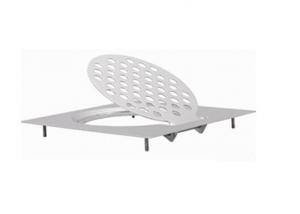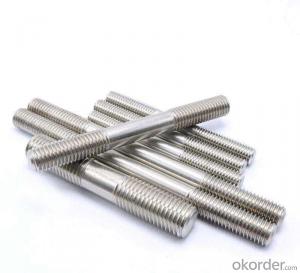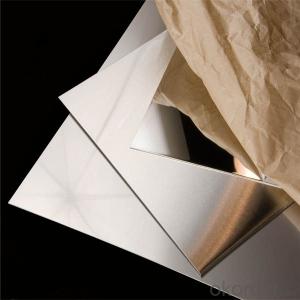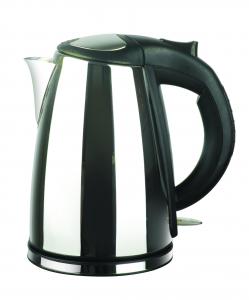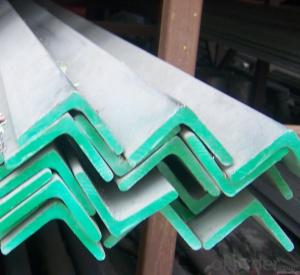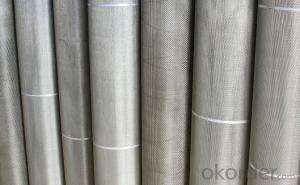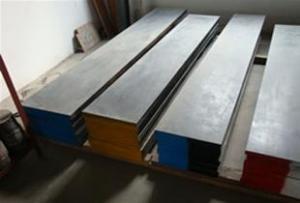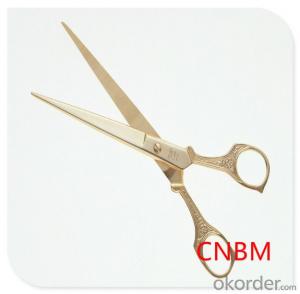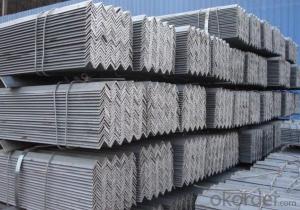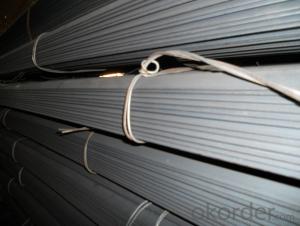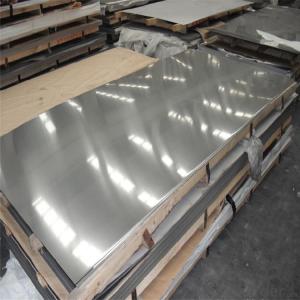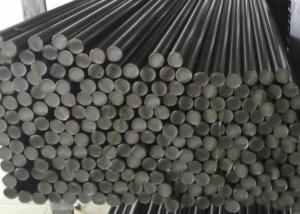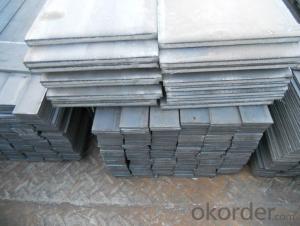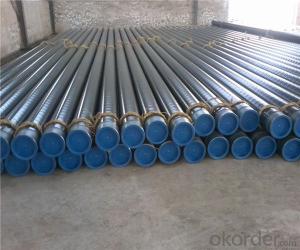Stainless Steel Quality
Stainless Steel Quality Related Searches
Stainless Steel Grade Stainless Steel Strength Stainless Steel Density Stainless Steel Properties Properties Of Stainless Steel Density Of Stainless Steel Stainless Steel Price Best Stainless Steel Grades Grades Of Stainless Steel Stainless Steel Supply Stainless Steel Conductivity Stainless Steel Texture Price Stainless Steel Food Grade Stainless Steel Stainless Steel Prices Stainless Steel Stock Density Stainless Steel Stainless Steel Material Best Stainless Steel Stainless Steel Cost Stainless Steel Price Per Pound Price Of Stainless Steel Stainless Steel Price Per Kg Stainless Steel Grade Chart Buy Stainless Steel Stainless Steel Ratings Stainless Steel Hardness Price For Stainless Steel Stainless Steel Supplier Stainless Steel WeightStainless Steel Quality Supplier & Manufacturer from China
Stainless Steel Quality encompasses a diverse range of products, including sheets, pipes, bars, and various other forms of stainless steel materials. These products are known for their corrosion resistance, durability, and aesthetic appeal, making them ideal for a wide array of applications. From construction and automotive to food processing and medical equipment, stainless steel quality products are utilized in various industries due to their strength and versatility.Stainless steel quality products are used in numerous scenarios where their unique properties are required. For instance, in the food and beverage industry, stainless steel is preferred for its ability to withstand harsh cleaning chemicals and maintain hygiene standards. Similarly, in the construction sector, stainless steel is used for structural components and architectural features that demand both strength and resistance to environmental factors. The automotive industry also relies on stainless steel for components that need to withstand high temperatures and corrosive conditions.
Okorder.com is a reputable wholesale supplier of stainless steel quality products, boasting a vast inventory to cater to the needs of various industries. With a commitment to quality and customer satisfaction, Okorder.com ensures that their stainless steel products meet the highest standards. Whether it's for a small-scale project or a large-scale industrial application, customers can rely on Okorder.com to provide the necessary stainless steel quality materials to get the job done.
Hot Products



